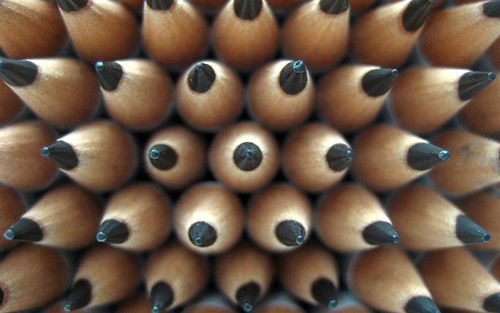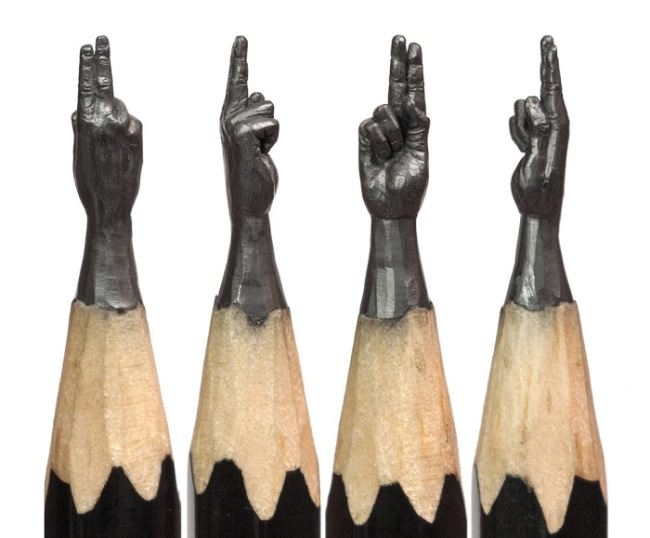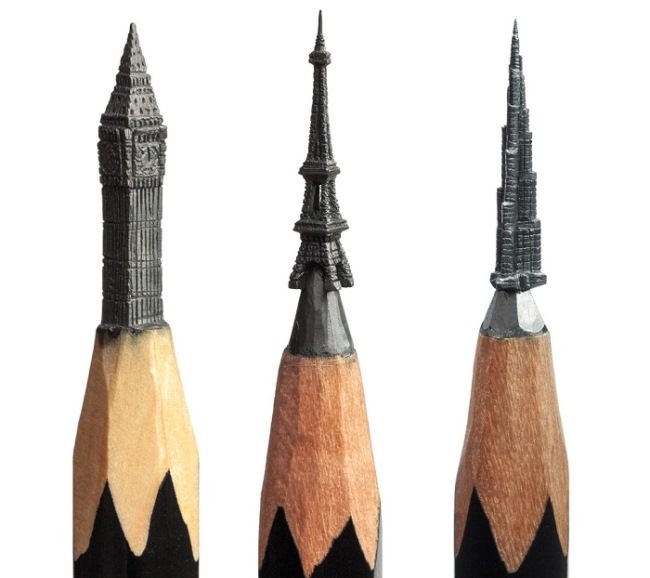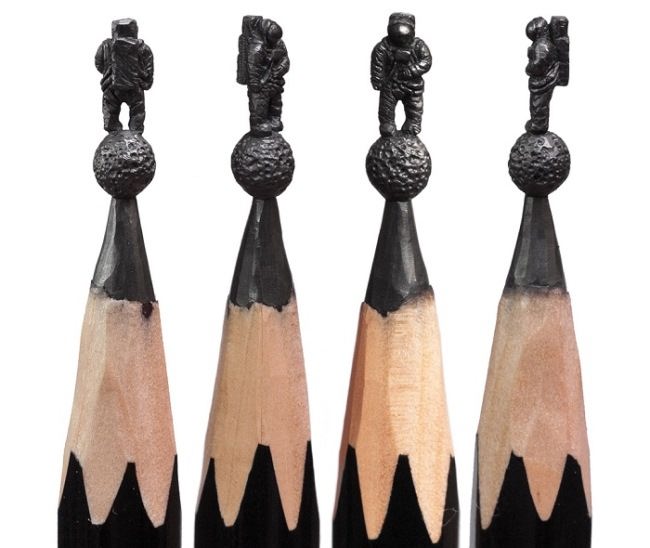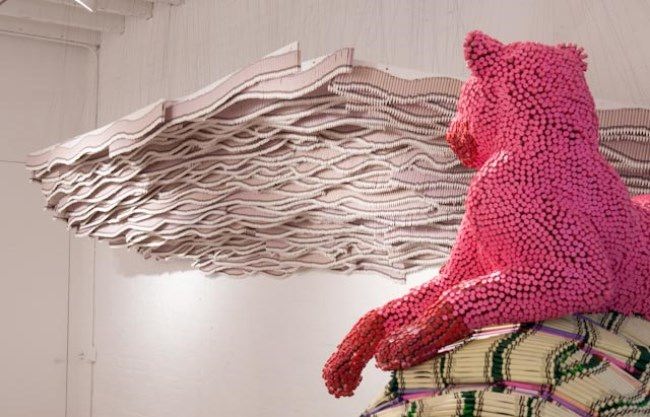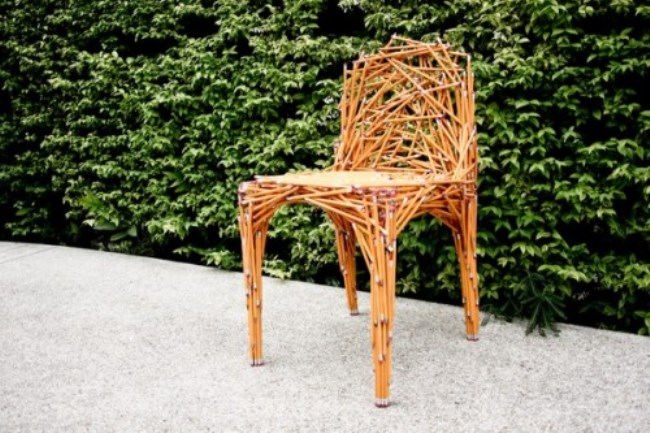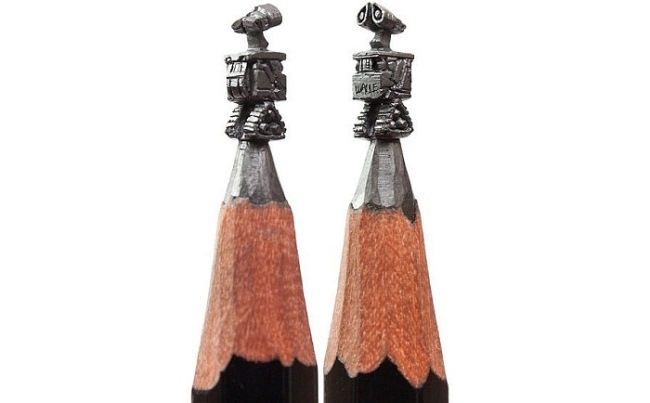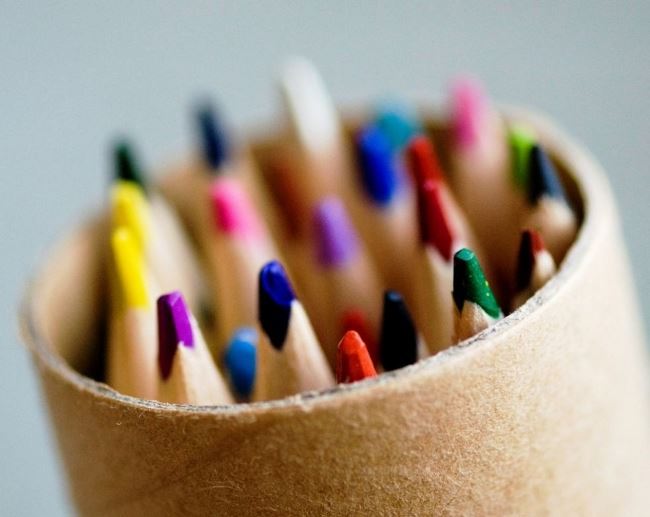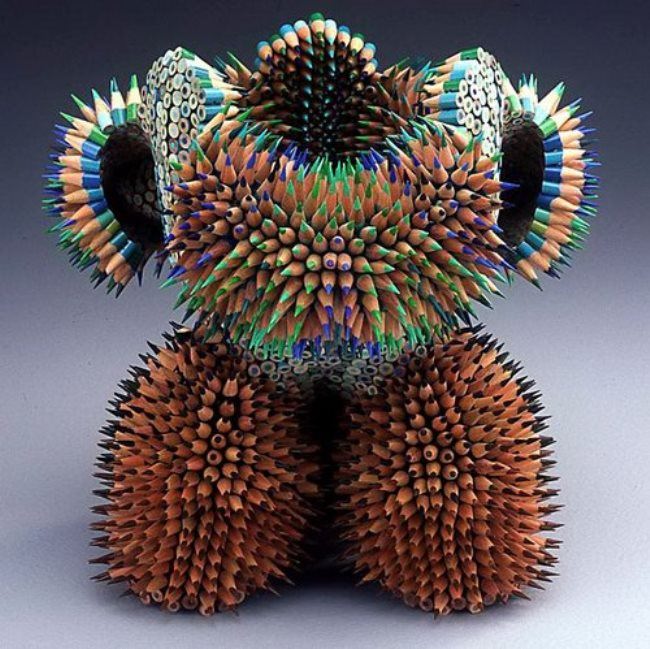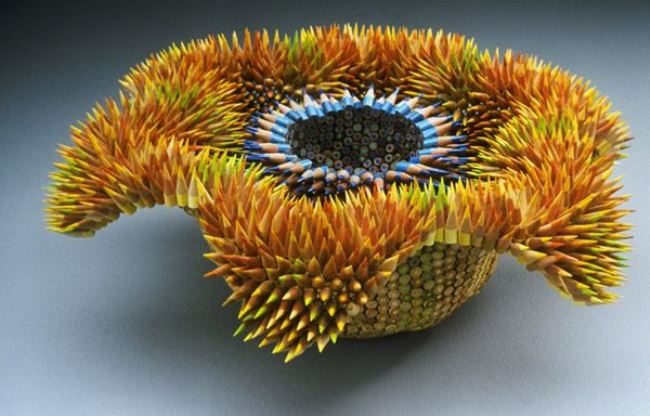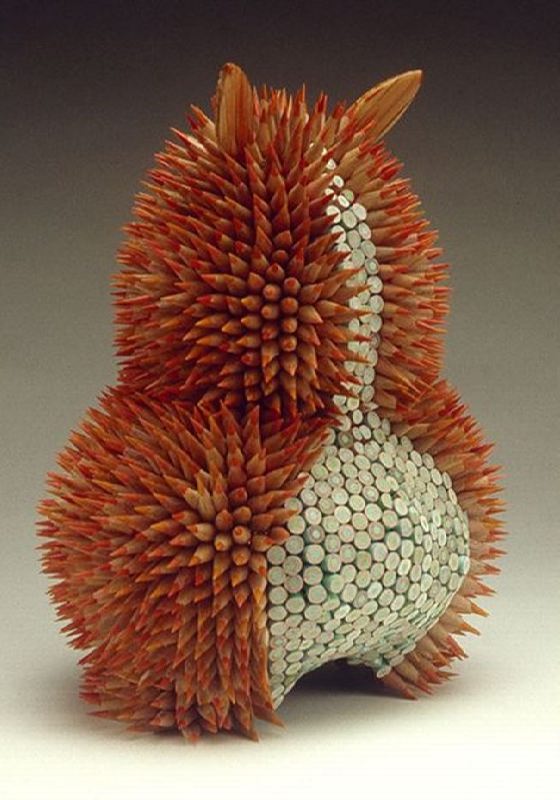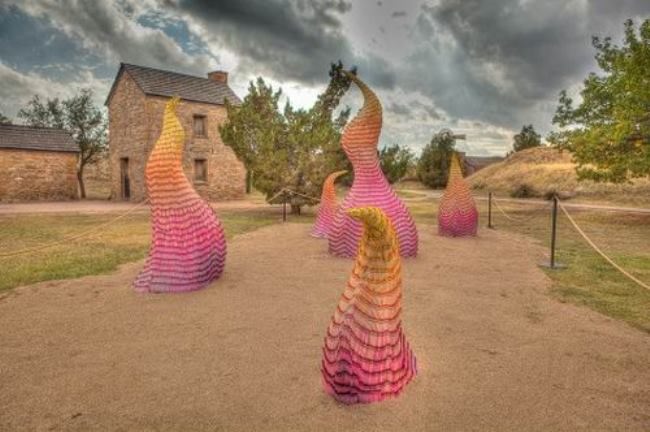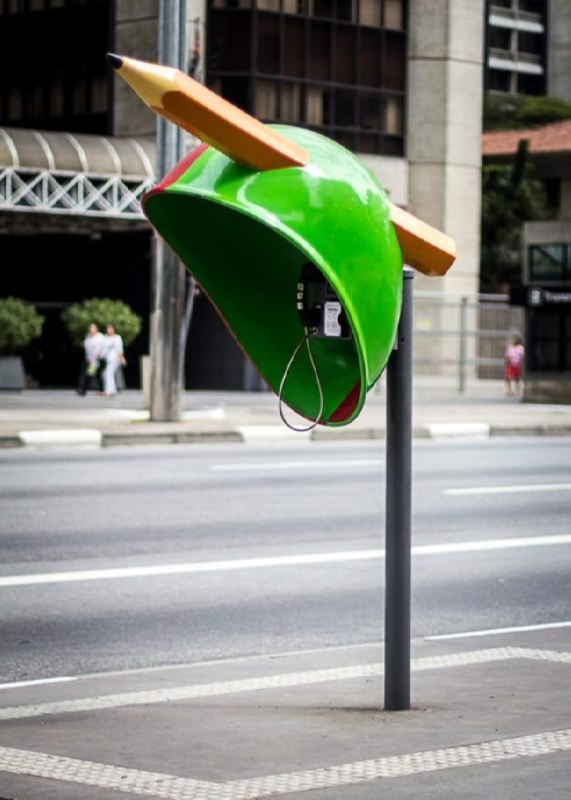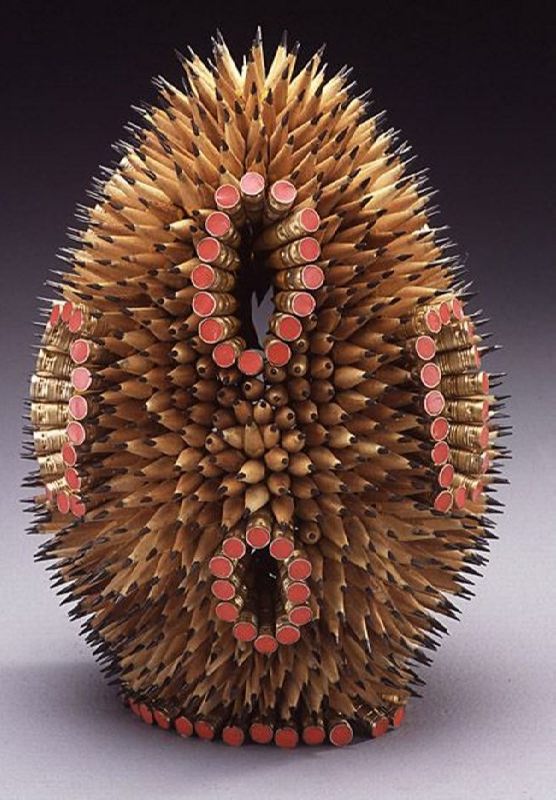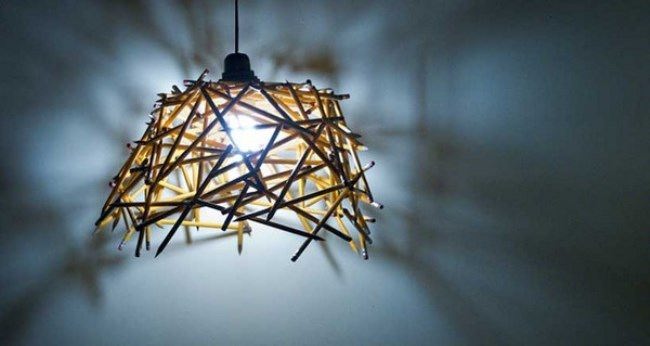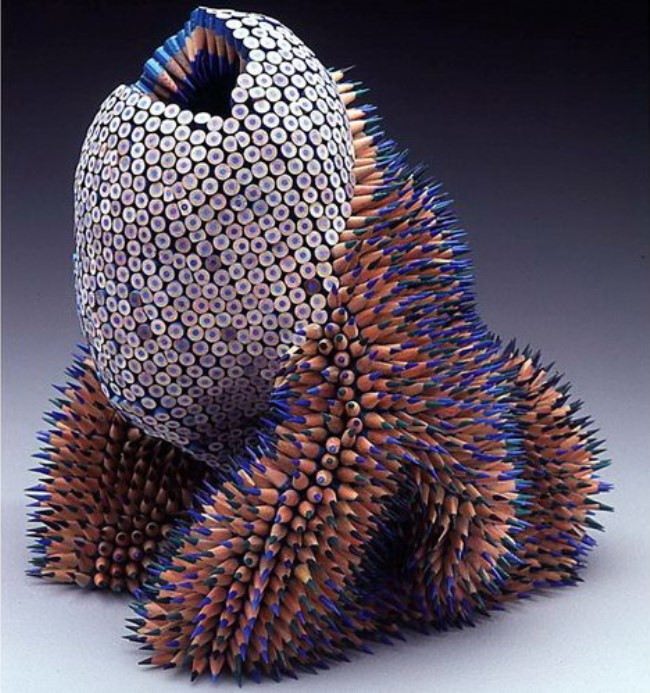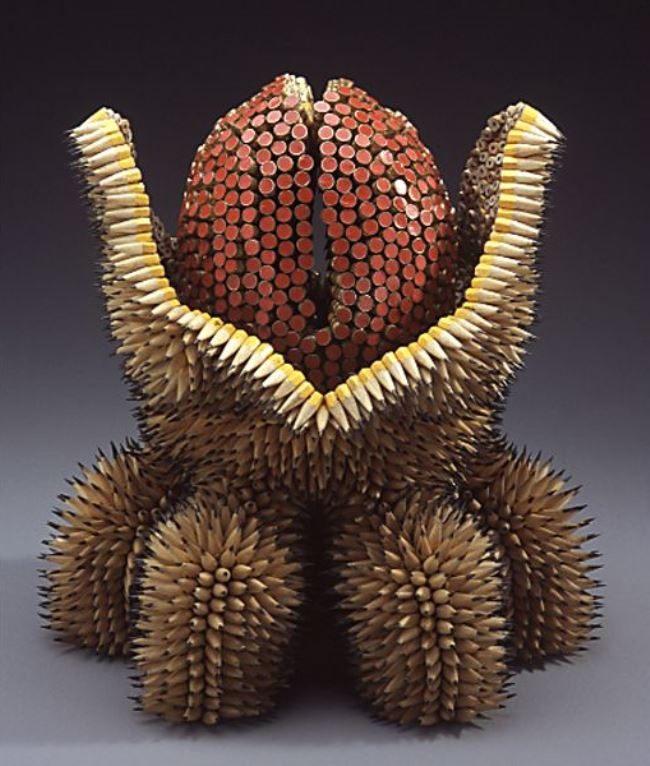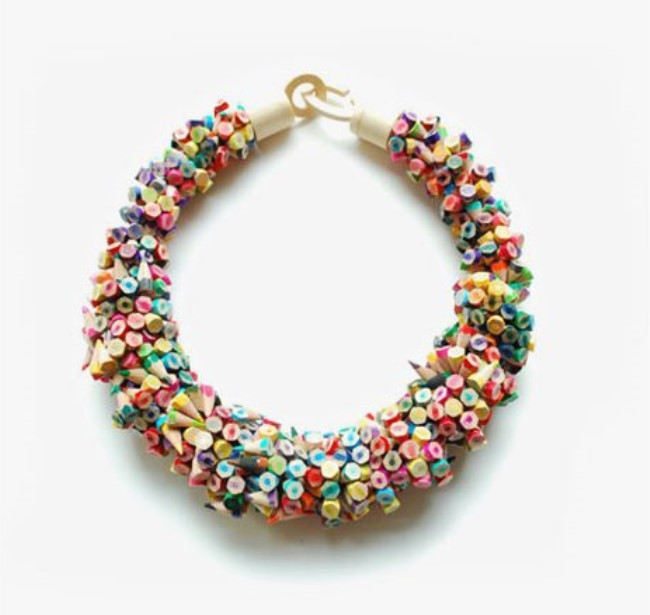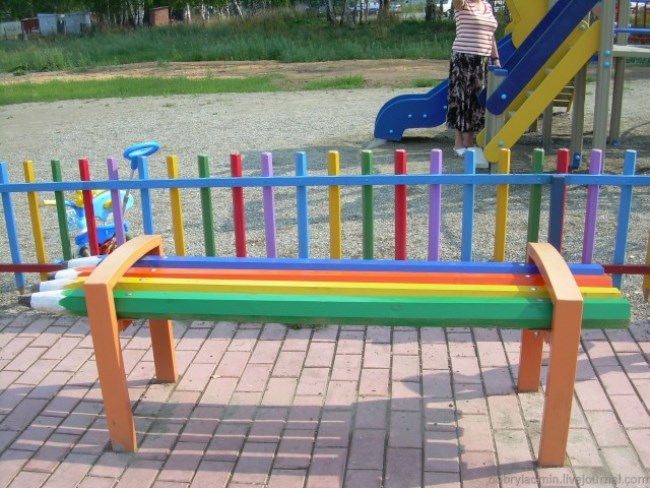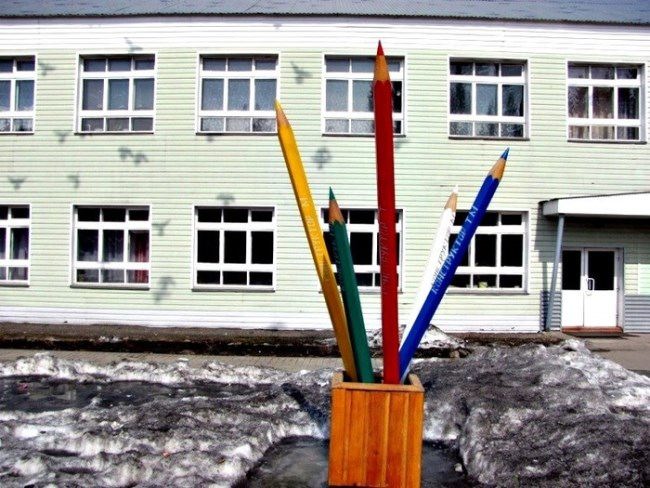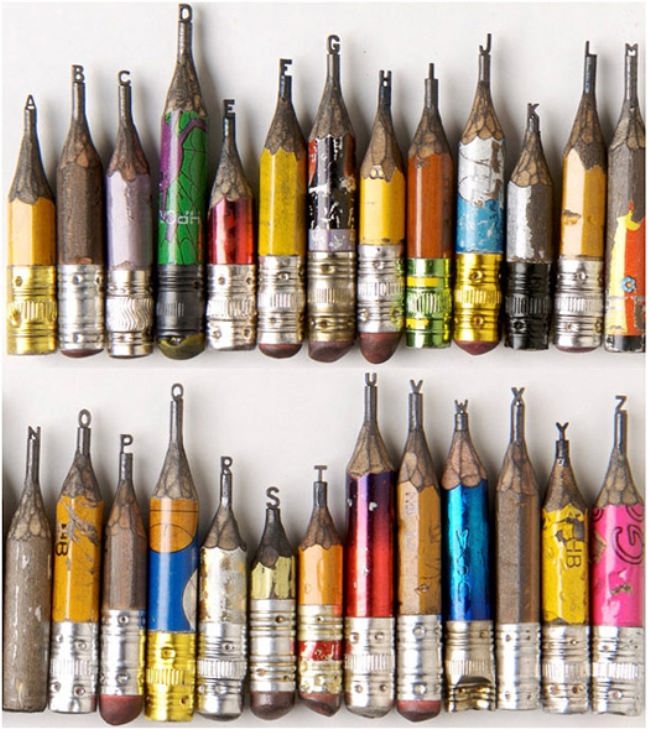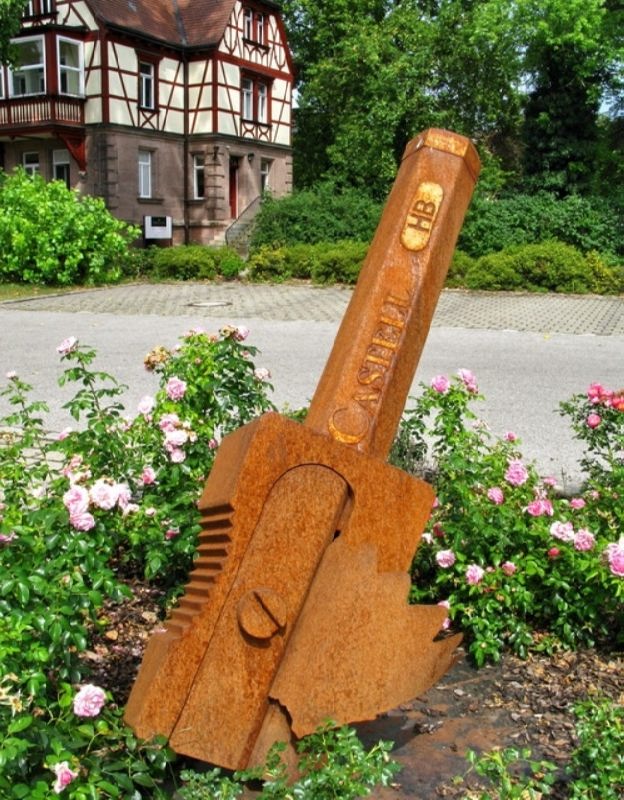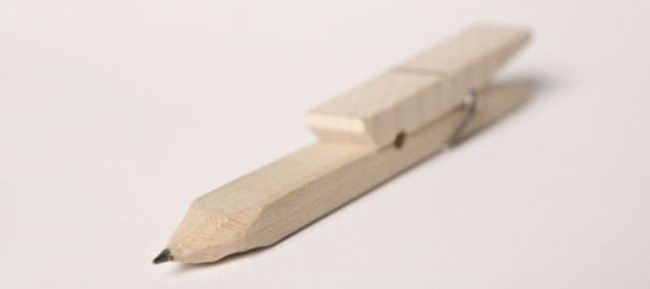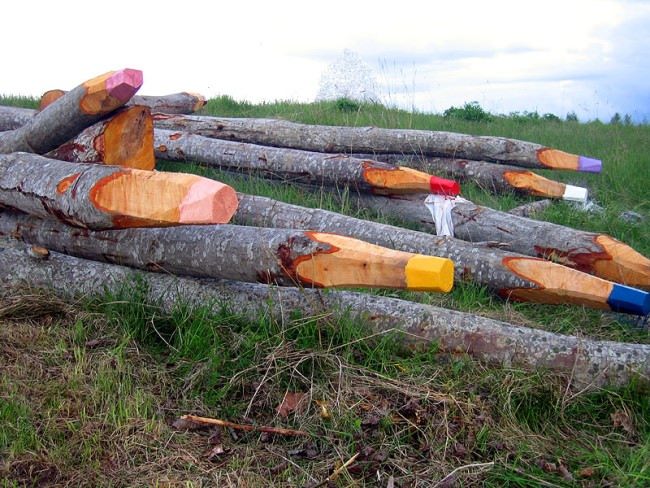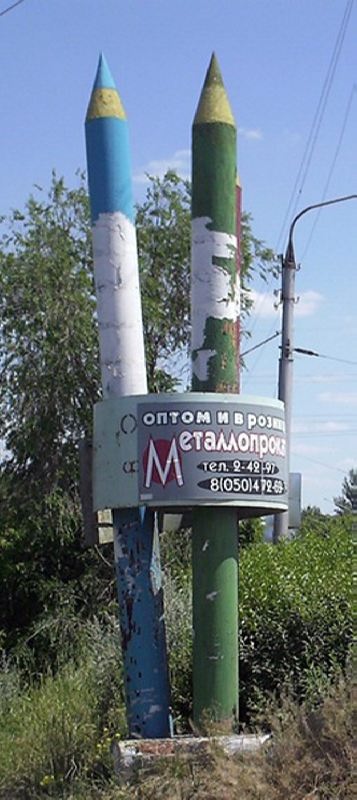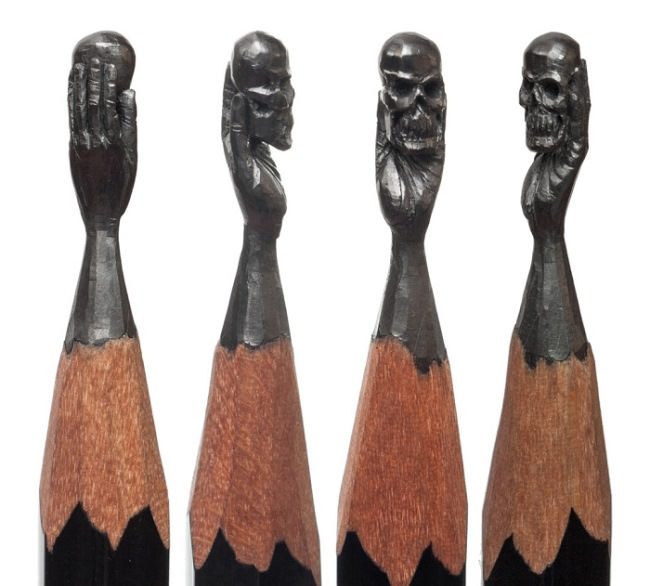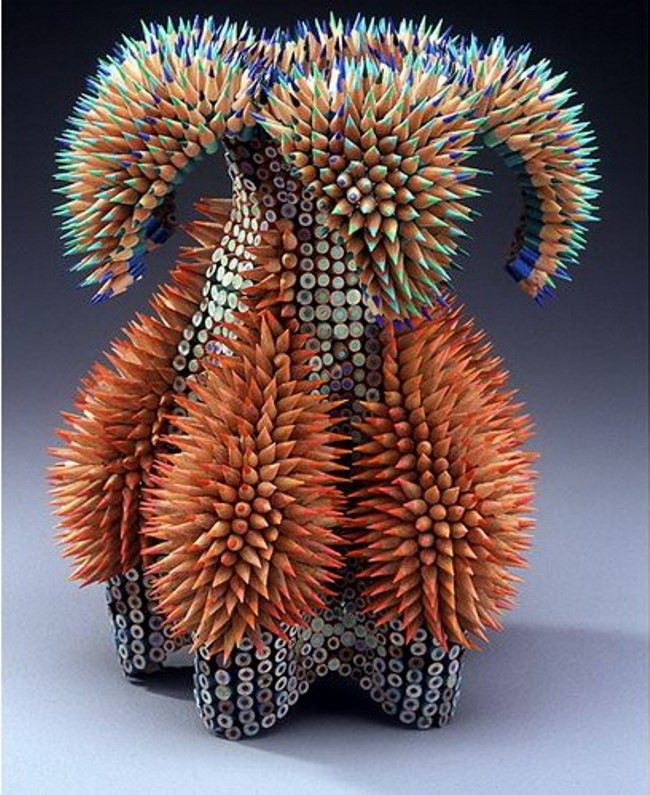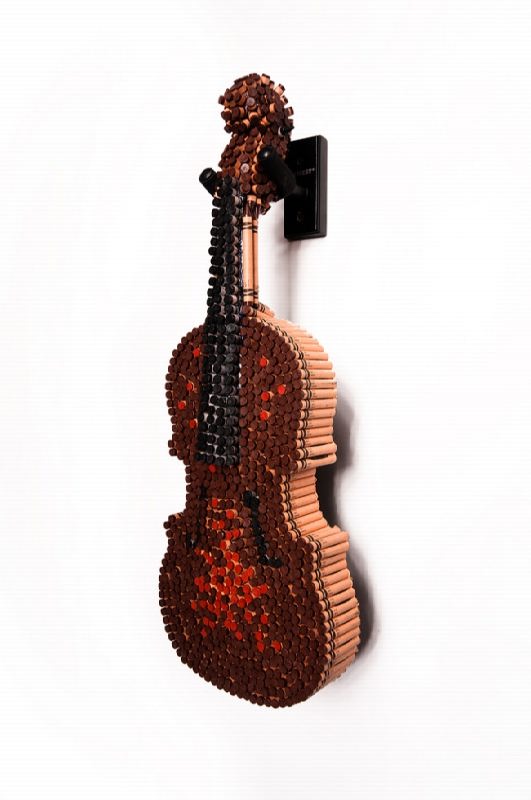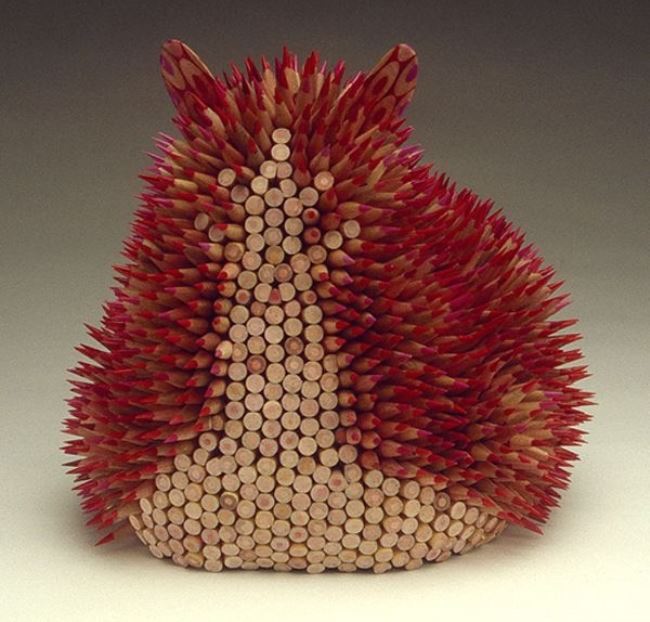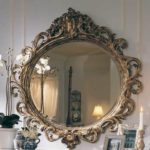Interesting history of pencil
Once, back in the Paleolithic era, a hunter unknown to us scratched the figures of people and animals with a sharp stone on the wall of the cave. The centuries passed … the writing appeared. Signs were carved on stones, painted on papyrus. In Assyria, the signs were written with a sharpened stick on the plates made of wet clay, which were then fired.
In the Middle Ages, people learned to write with pieces of lead with sharpened ends. Since the XIV century, artists in Europe used lead and tin, as well as silver pins for drawing. The great Botticelli made many of his drawings using such pins.
In the middle of the XVI century, English shepherds from Cumberland found a fairly soft and brittle mineral in the ground. The rocks were taken for the deposit of the lead because of the color.
But when it turned out that the substance was unsuitable for making bullets, it became clear that it was not lead, and the mineral was called graphite. The shepherds began to use graphite to mark the sheep. People sawed graphite into thin plates, grinded and cut into straw, which was put into a reed or wooden shell. These were the first pencils.
Generally speaking, the use of graphite for writing was known back in ancient Greece, but later it was forgotten for almost two thousand years. Only in 1656 the first description of graphite was given (from the Greek grafo – “I write”).
The first document, in which a wooden pencil was mentioned, dates back to 1683. In Germany, the production of graphite pencils began in 1719. The Germans mixed secretly exported from England graphite with sulfur and glue.
The deposits of graphite in Cumberland were not large and due to the lack of raw materials the production of pencils in England soon stopped. Later, rich deposits of graphite were found in Russia and other countries, but its quality was worse.
The second and real birth of the graphite pencil was only in the 1790s, when almost simultaneously the Frenchman Nicolas Jacques Comte and the Viennese master Josef Hardtmuth discovered a new way of making rods. According to this method, the graphite powder was mixed with a plastic mass from clay and water. The mixture was pressed pushed through a special nozzle. The result was a dark round thread, which was cut into rods and burned to make them strong. The change in the percentage composition of the mixture made it possible to make rods of different hardness. This technology is used in modern production.
In 1869 American Alonzo T. Cross patented the design of a metal pencil. The graphite rod was put into a metal tube. Now mechanical pencils are successfully used in space. The Soviet cosmonauts were first to use them.
The hexagonal shape of the pencil shell was proposed in 1851 by Count Lothar von Faber-Castel, owner of the Faber-Castell factory. This shape is very convenient for writing and drawing.
American artist Jen Maestre created a series of incredible sculptures, using hundreds of colored pencils, fastened together. Russian artist from Ufa Salavat Fidai carved interesting figures on the tips of the pencils.
The Parable of the Pencil
Pencil has four qualities that you need to cultivate in yourself, if you want to live life in harmony with the whole world.
First: to write, you need to sharpen a pencil from time to time. This operation, most likely, is painful for it, but then the pencil writes better. So you need to be able to endure pain, because it ultimately ennobles you.
Second: if you write with a pencil, you can always erase what you later recognize as a mistake. Correcting your own mistakes is the only way to be on the right track.
Third: in the pencil, the main thing is not the tree from which it was made, not its shape, but the graphite inside. So think about what’s going on inside of you.
Fourth: the pencil always leaves a trace behind it. You, too, leave a trace behind, and there is the most important rule of life: consider each step.
That’s what the most common pencil can teach us.
